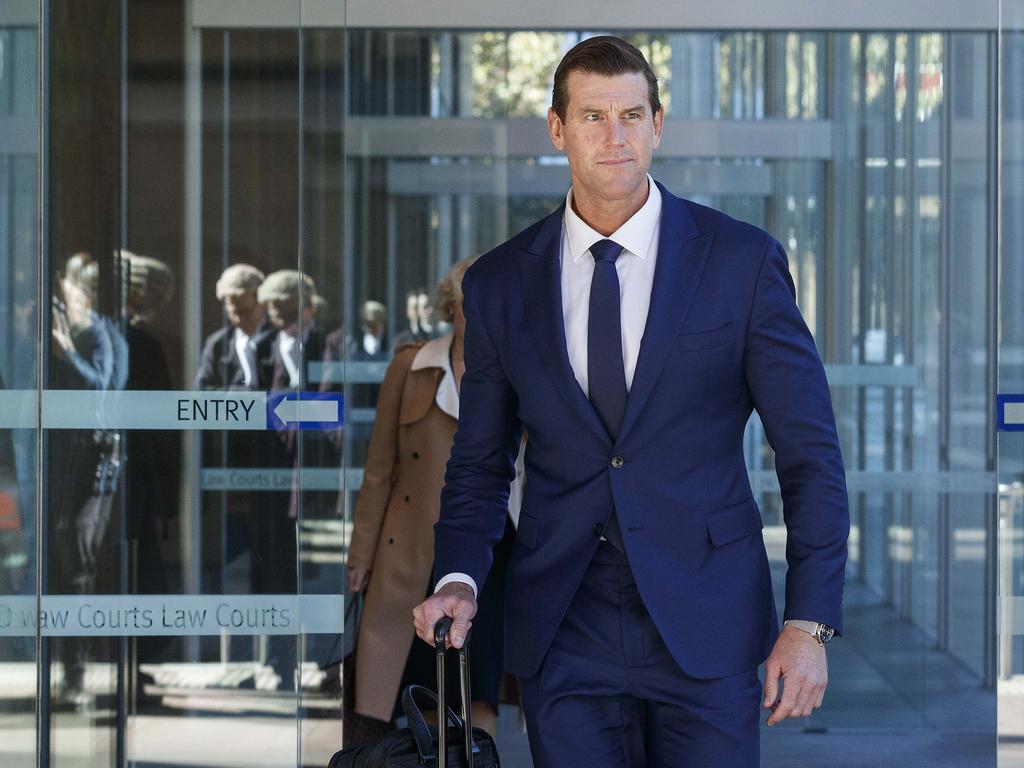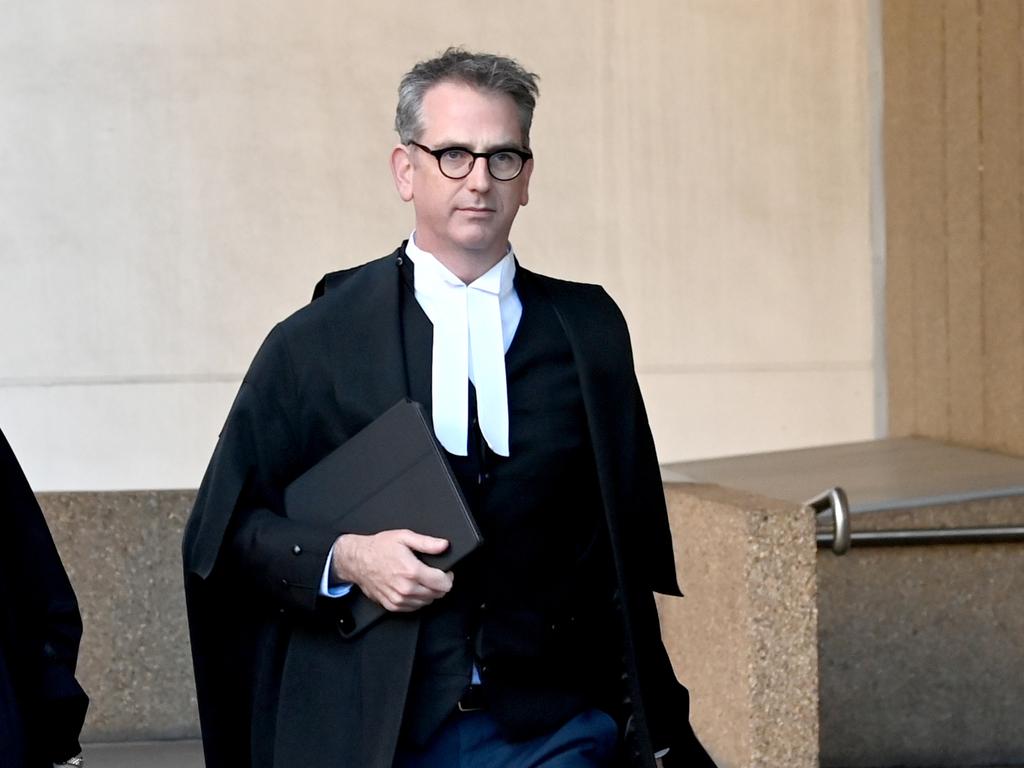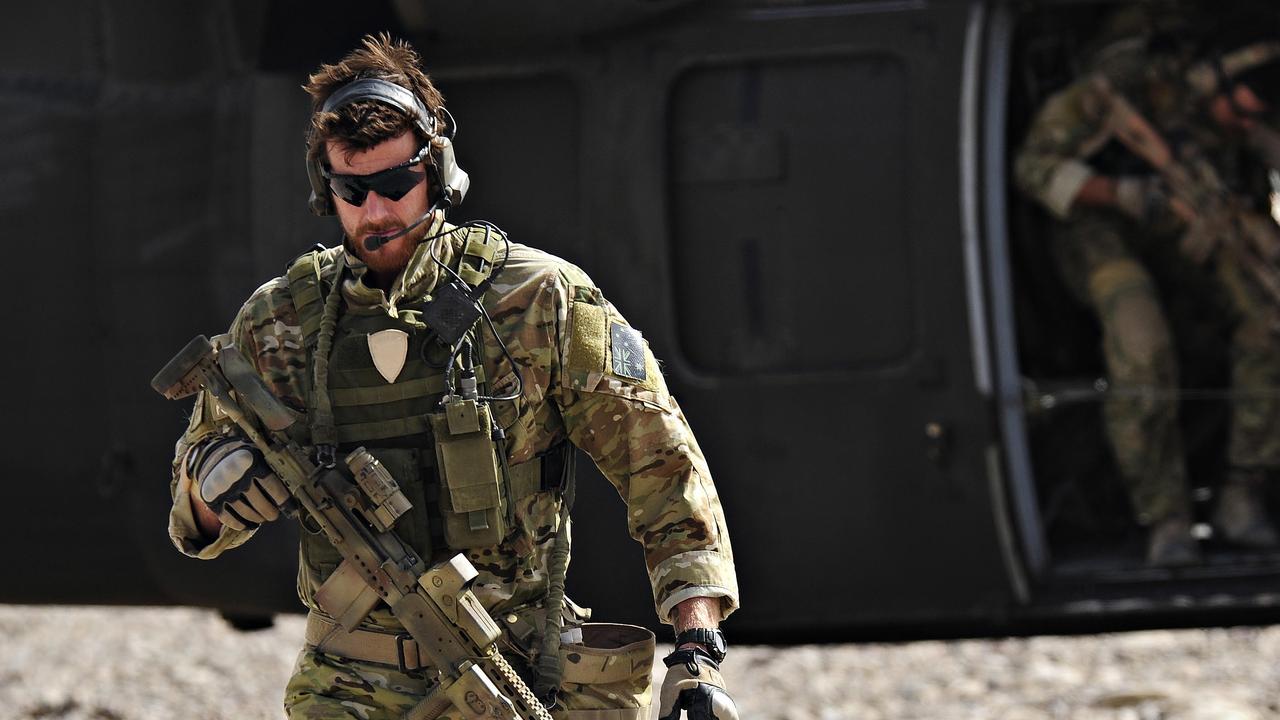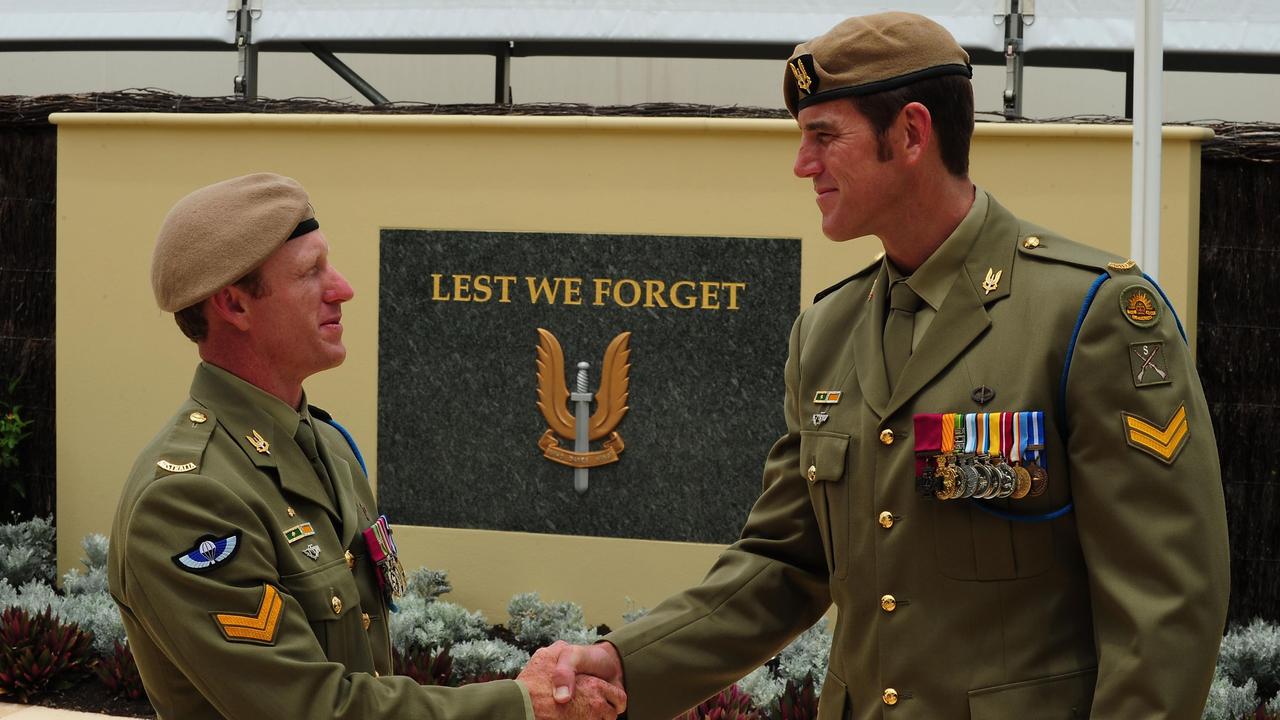‘Most heinous acts of criminality’: Ben Roberts-Smith’s defamation trial ends
Four years after it began, the defamation trial of Ben Roberts-Smith has finally closed, with a judge now left to decide the verdict.
Ben Roberts-Smith‘s defamation trial of the century against Nine newspapers has finished with final overtures for a court to condemn, or clear, Australia’s most venerated living soldier from allegations he committed “the most heinous acts of criminality” while serving with the SAS.
Now begins the anxious wait for the elite veteran, and his journalist accusers, as the judge retires to consider the verdict in a years-long case that has already redefined Australia‘s war in Afghanistan.
Mr Roberts-Smith‘s lawyers are hoping a finding in his favour will clear his name and land the largest defamation payout in history while a finding for Nine could be seen as vindication for their claims he killed unarmed prisoners.
The case finally closed on Wednesday after more than 100 days of evidence, more than $25 million in legal fees and two weeks of closing speeches.
Mr Roberts-Smith’s barrister, Arthur Moses SC, used is final moments on his feet to remind Justice Anthony Besanko that Nine bore the heavy burden of proving his client was a murderer.
The entirety of the evidence, Mr Moses told the court, shows Nine had no basis and no proof to publish grave claims Mr Roberts-Smith killed six unarmed Afghans.

“(Nine) published allegations and stories as fact that condemned Mr Roberts-Smith as being guilty of the most heinous acts of criminality that could be made against a member of the Australian Defence Force, and indeed any citizen,” he said.
“It depends upon recollection of events that occurred during missions more than 10 years ago… Recollections which are contradicted either by their own witnesses, our witnesses and Defence Force documents.”
“They have urged upon the court a case which is one of mere suspicion, surmise and guesswork to condemn a man, who served his nation with great distinction, as a war criminal.”
He called on the judge to reject Nine’s case “in all forms”.
Nine’s barrister, Nicholas Owens SC, closed his case without the grandiosity and colour of his opponents, instead returning to the claims and counterclaims in forensic detail.
One question that Nine has never answered, according to Mr Roberts-Smith, is what motive did he have to kill six detained Afghans when he had transported hundreds more safely back to Australian bases.
Mr Owens opened his case in June 2021 saying that even “the most brutal, vile member of the Taliban imaginable” cannot be killed once detained and “to do so is murder”.
On Wednesday, more than 12 months after speaking those words, Mr Owens returned to the question of motive saying Mr Roberts-Smith killed detainees simply because they were “enemy combatants”.
“We say that was a powerful motive that operated in relation to all of these incidents… it was a motive to kill Taliban insurgents regardless of the lawfulness of doing so,” Mr Owens told the court.

It’s not known how long it will take Justice Besanko to reach a verdict but, given the volume of evidence and documents, it is expected to take many months.
The judge thanked the lawyers for both sides as well as the legal team for the Commonwealth government, which had been on hand for every single day, primarily to keep highly classified military information out of the public sphere.
The trial itself was conducted partly in open court and partly in closed court to deal with sensitive military testimony and documents.
Very few people, as a result, know the full scope of the evidence Justice Besanko must examine to reach his verdict.
What is known is that the trial is the culmination of years of conflict within the SAS and it has a significant overlap with top-secret war crime investigations.

Mr Roberts-Smith was awarded the Victoria Cross, the highest military honour, when he stormed machine guns that had pinned down his men in the battle of Tizak in late 2010.
Over the following years the VC, and Mr Roberts-Smith’s meteoric rise to national hero, divided the SAS into two camps, the court heard.
Multiple soldiers have testified that many in the SAS backed Mr Roberts-Smith as among the best in the brotherhood, while others believed the famed Corporal was a thug to his own men, and maybe even something more sinister.
It was 2016, two years before Nine’s articles emerged, that the Inspector General of the Australian Defence Force began probing rumours of war crimes within the SAS.
Many of the witnesses in the trial testified at the IGADF but the Commonwealth’s legal team ensured none of their discussions could be reported.

Mr Roberts-Smith launched a defamation lawsuit shortly after Nine accused him of war crime murders in mid-2018 articles.
He continues to deny the claims while Nine dug in; defending the articles in the Federal Court by saying they are true.
As the trial has wound through the court the clandestine war crime inquiries have continued.
The IGADF ultimately concluded there was “credible information” for 39 potential murders linked to Australia’s special forces - but all the specifics are redacted in the November 2020 report.
The findings led to the creation of the Office of the Special Investigator which is using Australian Federal Police to consider criminal investigations and prosecutions.
No one has been charged with war crimes by the OSI but it was clear they, too, were closely watching the defamation trial that traversed the dustiest corners of Afghanistan to the inner fractures of Australia’s most secretive military brotherhood.



